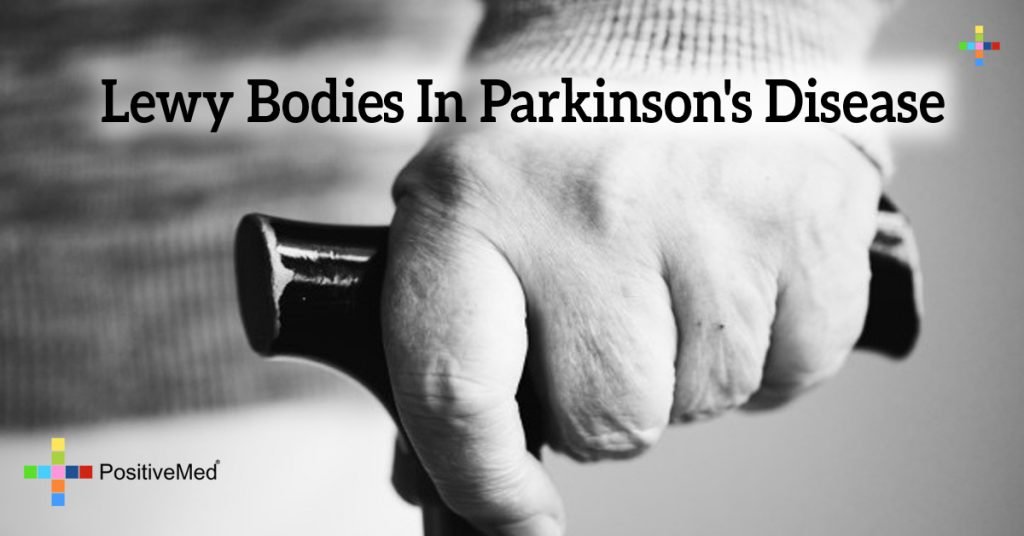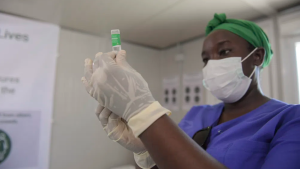
Lewy Bodies in Parkinson’s Disease
By PositiveMed-Team
Edited By Stephanie Dawson
It’s estimated that seven to ten million people are living with one of the most dreaded neurological disorders worldwide, Parkinson’s Disease. The figures itself suggest the severity of this disease which is engulfing humanity like plague. Medically Parkinson’s is a disease which is progressive in nature, neurodegenerative, a movement disorder that belongs to the collection conditions called motor disorder (tremor, rigidity, and slowness of movement). This illness is often caused by the depletion of nerve cells in the brain created by a substance called dopamine. The majority of the people affected by this ailment are aged 50 and above.
Another term of equal importance that needs to be discussed along with Parkinson’s diseases is dementia. This is a mental condition in which the symptoms are broad and comprised of a larger group of ailments which are both physical and mental. A few symptoms are loss of memory, rationality, intellect, and social skills. A number of people diagnosed with Parkinson’s Disease develop this cognitive disorder and for them this emotional reaction is normal.Generally the physical symptoms are preceded by the cognitive symptoms within a year of the diagnosis of Parkinson’s Disease.

If the cognitive symptoms surface before the physical symptoms the diagnosis is usually Lewy Body Dementia (LBD).In LBD affected bodies, there are accumulations of microscopic protein called alpha-synuclein in the brain. LBD is named after Dr.Frederich Heinrich Lewy who first described this condition in 1912 in conjunction with Parkinson’s disease.
The common symptoms observed in LBD patients are rather similar to Alzheimer’s which is impairment of memory of recent events. For many of the ill fated ones this ailment can trigger episodes of confusion, difficulty with language, and they may have hard time making decisions. These symptoms differ considerably as the person may be alright on a particular day and next day he may have difficulties with language. The symptoms may fluctuate on a daily or hourly basis.
A comprehensive treatment approach is required as LBD is a multi-system disease, which means that a team of physicians from different areas need to collaborate so that optimum treatment can be provided for each symptom without worsening other LBD symptoms. Significant improvement is enjoyed by many LBD affected people while some have remarkably little change from year to year.Symptoms of LBD vary from person to person. A few of them can be obsessive in nature and they can lose their grip on their emotions with sudden explosions of anger and distress. Some people surface their symptoms by displaying their failure in judging distance and movements.

One should be aware that one or the more forms of the distinctive LBD features may appear soon after the onset on cognitive difficulty. As LBD shares many of the symptoms with Alzheimer and Parkinson’s disease, diagnosis for LBD can be difficult so, diagnosis should be done only by a specialist.
Even though LBD is being recognized as pandemic as new cases of this diseases is being diagnosed every four seconds, less is being achieved in terms of its treatment. LBD still stands as one of the incurable diseases. The present strategy of treatment which is being followed in this regard is to focus on mainly rectifying three symptoms which are: cognitive decline, motor disturbance, and visual hallucinations.







